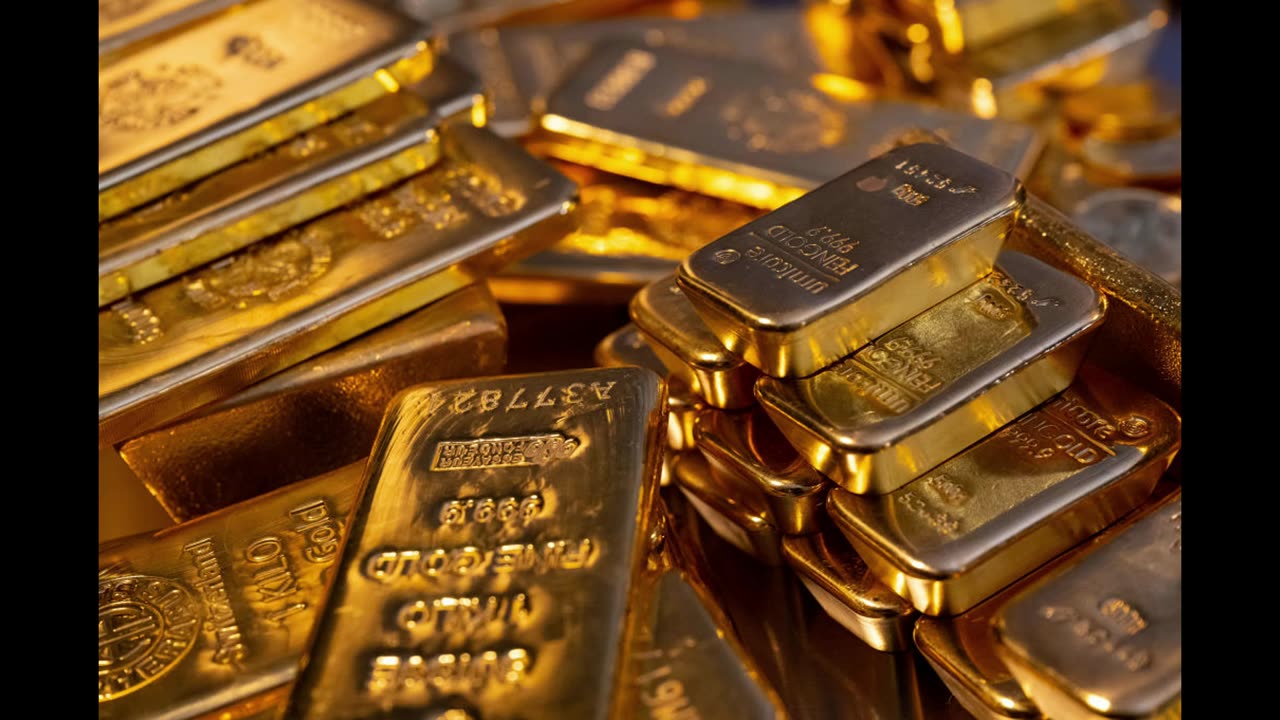Premium Only Content

Gold, the Reserve asset.
In the third quarter, the most active buyers were China (78 tons), Poland (57 tons), Turkey (39 tons), India (9 tons), Uzbekistan (7 tons), Czech Republic (6 tons), Singapore (4 tons), Qatar and Russia (3 t each), as well as the Philippines (2 t) and Kyrgyzstan (1 t). According to experts, recently more and more countries are beginning to consider the precious metal as an alternative to the dollar for storing gold and foreign exchange reserves (GER).
“Our survey showed that 24% of central banks intend to increase their (gold - RT ) reserves in the next 12 months. At the same time, the Central Bank’s attitude towards the future role of the dollar (in the structure of gold and foreign currency reserves. - RT ) has become more pessimistic than in previous studies. In contrast, their views on the future role of gold were more optimistic: 62% said gold would have a larger share of total reserves,” the WGC said in a May report.
According to the report, back in the third quarter of 2022, the dollar accounted for about 51% of the world's gold and foreign currency reserves, and gold - only 15%. According to the WGC, now half of the world's central banks expect the share of the US currency to decline to 40-50%, and some regulators do not exclude the possibility of this figure falling below 40% over the next five years. At the same time, the level of gold in global reserves may rise to 16-25% (and even higher), most central banks predict.
“The dollar is gradually losing its authority as the most reliable and protective asset due to a political factor - US sanctions against a number of countries. In addition, many are alarmed by the exorbitantly large national debt of the United States, which is why international agencies have already begun to lower the country’s credit rating. This becomes a signal to the market that the dollar is less reliable than it was at the beginning of the 21st century,” concluded Natalya Milchakova.
-
 LIVE
LIVE
SpartakusLIVE
7 hours agoThe BADDEST Duo in WZ Exhibits PEAK Physique || Duos w/ Sophiesnazz to start, quads later
16,504 watching -
 2:49:37
2:49:37
RattlesnakeTV
18 hours ago $0.08 earnedLIVE DEBATE! Lord Jake vs Crazy Feminist
9.32K7 -
 4:00:42
4:00:42
Badlands Media
10 hours agoThe Narrative Ep. 35: Codex of Truth
70.2K37 -
 3:55:56
3:55:56
Due Dissidence
13 hours agoSchmuley TRASHES Shapiro, Maxwell Sings For Pardon, Uhuru Doc Preview - Live From St. Louis!
33.8K37 -
 LIVE
LIVE
Lofi Girl
2 years agolofi hip hop radio 📚 - beats to relax/study to
391 watching -
 2:23:21
2:23:21
PandaSub2000
5 days agoMadison VR (Part 4) | PSVR 2000 (Original Live Version)
14.4K2 -
 2:34:32
2:34:32
Badlands Media
5 days agoCODEX 9/11
284K239 -
 1:53:43
1:53:43
Nerdrotic
7 hours ago $0.29 earnedMysteries of 3I/ATLAS | Forbidden Frontier #113
47K5 -
 2:04:21
2:04:21
vivafrei
1 day agoEp. 278: D.C. Peace Wave! Big Tish & Nipple Judge SPANKED! "Maryland Man" Trafficker FREE & MORE?
101K124 -
 3:02:42
3:02:42
Damysus Gaming
3 hours agoBorderlands 3 - Part 8 - FL4K Time | Children of the Vault be Warned!
17.5K